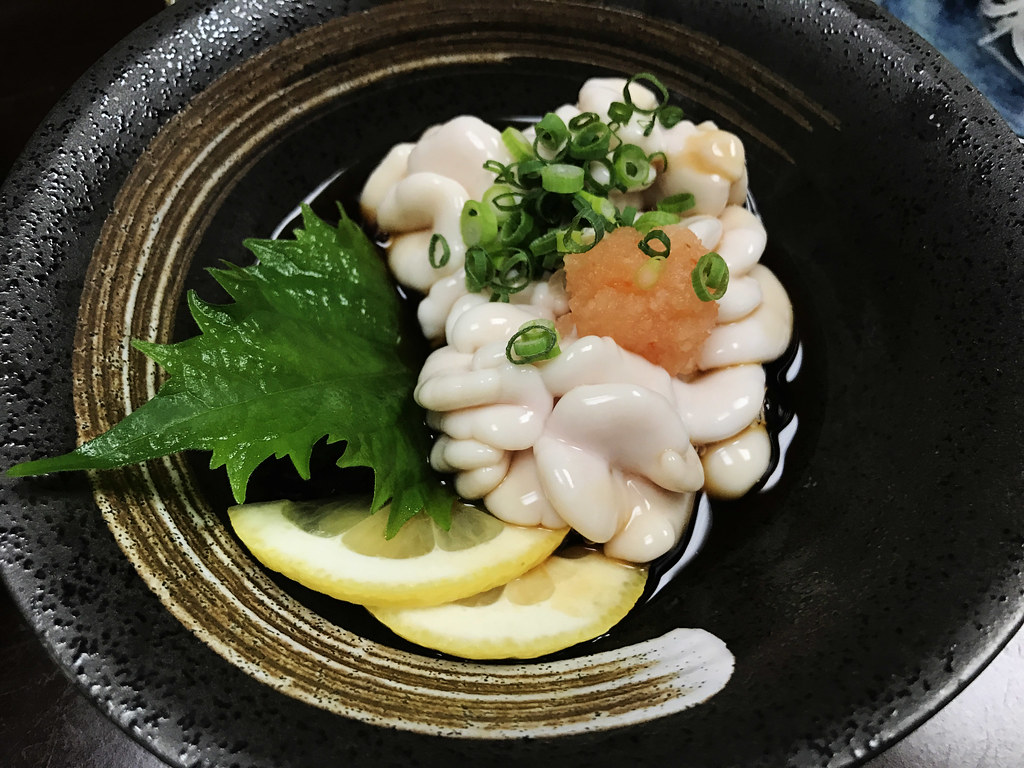What is the most unusual food you have eaten? We’re willing to wager it will be something exotic, perhaps Eastern in origin. The Chinese, Japanese and Korean cuisines – among others – have always involved dishes that are somewhat at odds with those familiar to us in the West, and some more out of the ordinary than others!
For example: have you tried shirako? Do you even know what shirako is? It is admittedly little-known in Western countries, but in Japan it is far from uncommon. It’s safe to say that many Japanese consider shirako something of an acquired taste. Now, a warning to readers who may be put off by the somewhat origins of certain foods as shirako is certainly one of the most unusual of all! Let’s see what shirako is and why you may want to try it.
What is Shirako?
Let’s keep this simple – shirako is fish sperm. Now if that has you refusing to read further, we understand, yet it is a surprisingly enjoyable food. Specifically shirako – or shiraku – is the sperm of the pacific cod. It can be eaten cooked or uncooked, and in a variety of different dishes.
When you consider that Westerners are far from averse to eating fish roe, the eggs of fish in the form of caviar and similar foods, eating the sperm of the fish is not that far removed. In the USA you may know the product as fish milt, and in some forms it is eaten traditionally in other Western countries.
For example, in Romania it is not unusual to eat the fried milt of freshwater carp and other such fish. In Sicily and parts of Italy spreading tuna milt on pasta is a perfectly normal addition to the dish. So it’s not just a Japanese delicacy although that is where the cod sperm is most used. So, to answer the question posed in the title, is shirako nutritious? You may be surprised by the answer!
Is Shirako Nutritious?
Shirako is nutritious and contains a lot of protein and other substances that are conducive to good health. It is rich in vitamin B12, has very little fat content, and is also a source of nutrients such as calcium and phosphorous. In terms of protein, a 300g serving provides 40.2g of protein but contains only 2.4g of fat. It is also low in carbohydrates at under 1g per serving as above.
Calorie wise that 300g portion – which will serve many people – contains 186 calories. It’s a useful food as a spread – on pasta or pizza, for example – and can be served in other ways so let’s check out how shirako is usually served in Japan.
How to Cook Shirako
It may be among the most unusual food enjoyed in Japan but once you try it, we believe you will enjoy it. It adds a unique flavour to your dishes and can be used with many different foods. In Japan, the way to cook shirako is to coat in tempura batter and deep fry, grill it or make it into a paste. Each of these gives it a different texture and is certainly worth trying out.
Eaten raw, shirako is often added to sushi for extra flavour and can provide a rich adornment for soup too. There is no set way you should not eat shirako as it is a surprisingly versatile and tasty food that is overlooked in most Western cuisine. If you are up for trying unusual foods and tasting something new, we recommend you give shirako a chance and enjoy one of Japan’s least known dishes for yourself.




